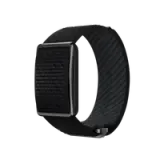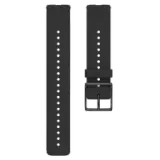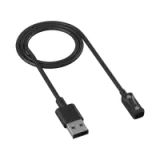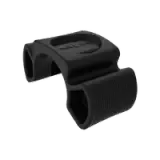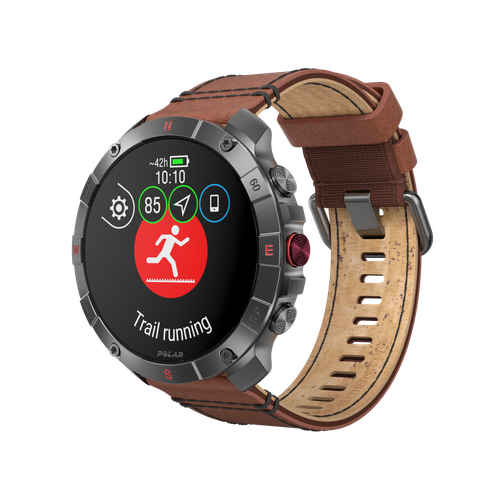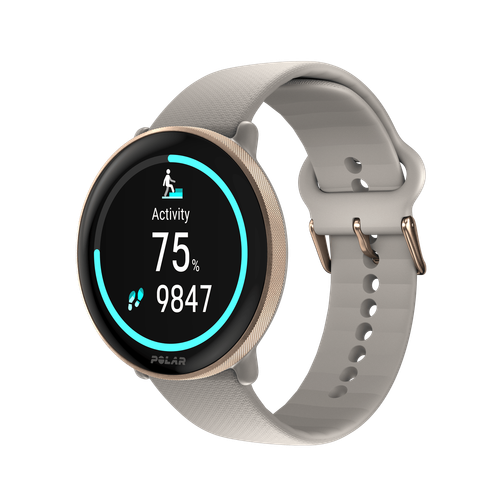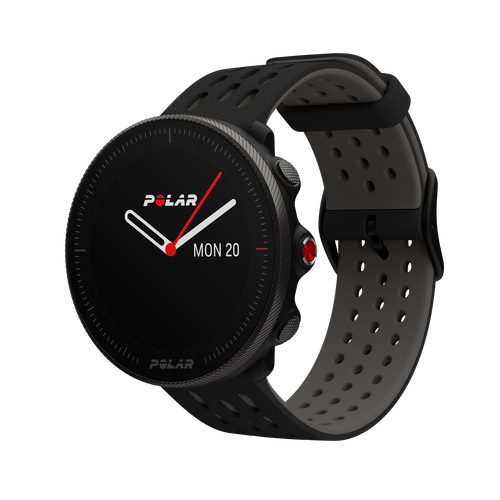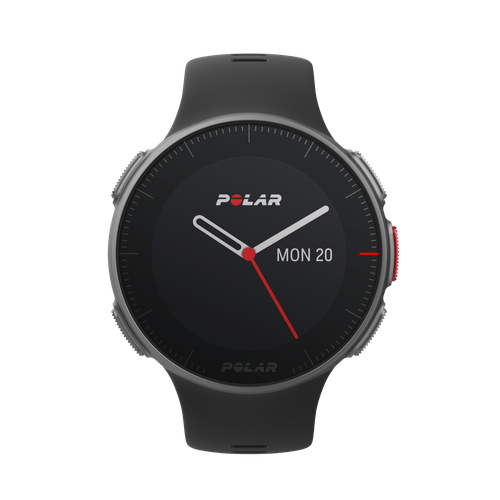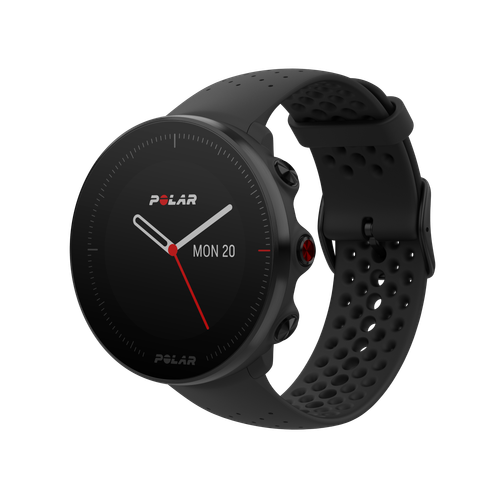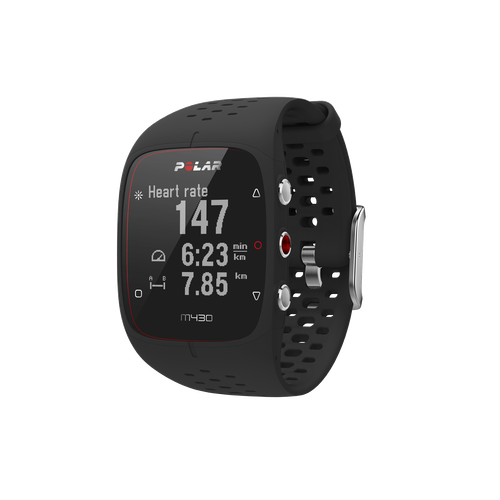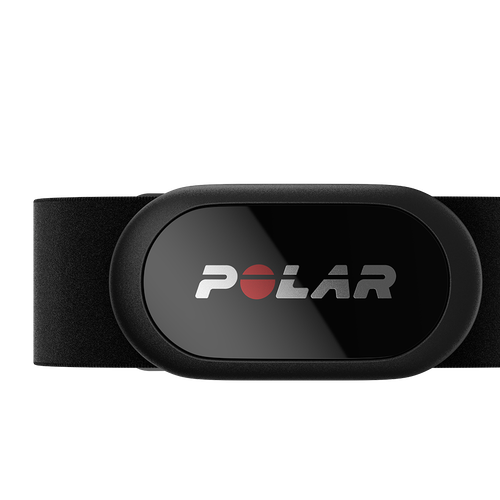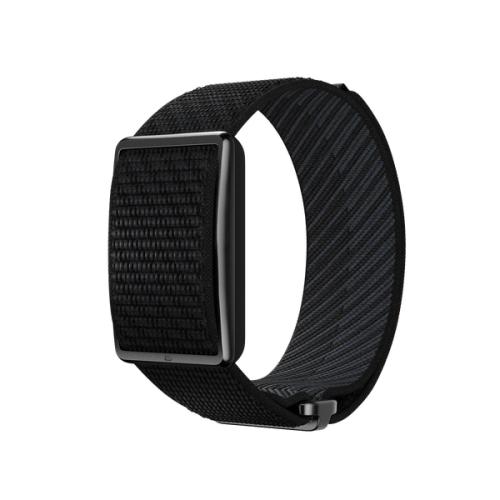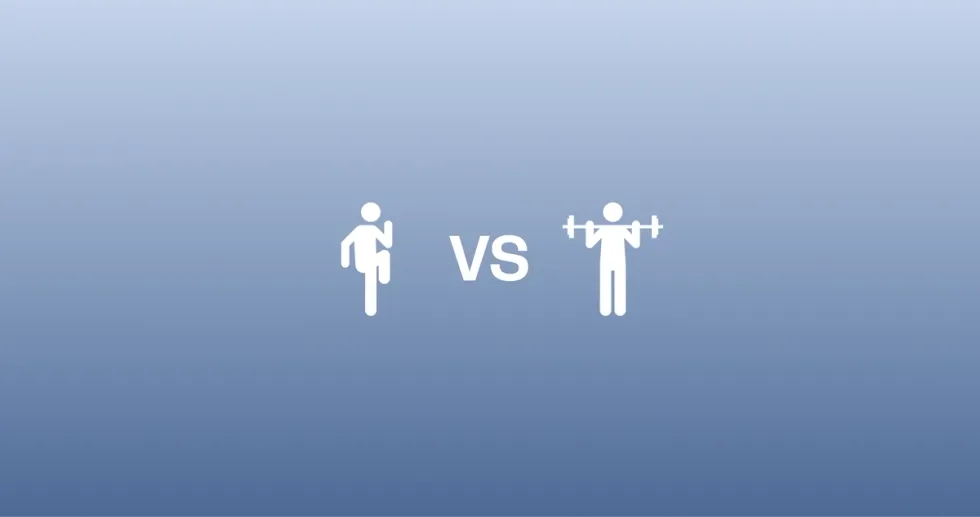Ever find yourself (ahem, like today) Googling "cardio or strength training" because you aren't sure which one is best for your fitness goals? You're not alone. Both exercises are fantastic for your health, but figuring out how to combine them for optimal results can be confusing.
This guide is here to skill you up and empower you to create a workout routine that's as unique as you are. So, ditch the confusion and get ready to unlock the full potential of your fitness journey.
What is cardio?
Cardio, short for cardiovascular exercise, is all about getting your heart pumping. It refers to physical activities that raise your heart rate and keep it elevated for a sustained period.
Types of cardio workouts
Cardio isn't a one-size-fits-all activity. There's a whole world of cardio exercises to choose from, each offering different benefits.
- Here's how changing the intensity of your cardio (i.e. how fast and hard your heart needs to work) will change the benefits of your workout:High-intensity interval training (HIIT) involves bursts of intense activity followed by short rest periods, keeping your heart rate up and burning calories quickly. Think sprinting intervals or jumping jacks.
- Moderate-intensity cardio, like brisk walking, swimming, or cycling, elevates your heart rate for a longer duration, improving overall fitness and endurance.
- Low-intensity cardio, like gentle walking or yoga, is a great way to stay active and improve blood flow. It's also perfect for recovery days.
What is strength training?
Strength training, also known as resistance training, is all about building muscle power. It involves exercises that challenge your muscles to contract against some form of resistance. By consistently stressing your muscles in this way, they adapt and grow stronger.
Types of strength training?
The world of strength training offers a variety of options to target different goals! Here's a taste of the most common types:
- Bodyweight Training: This uses your own bodyweight as resistance for exercises like squats, lunges, push-ups, and pull-ups. It's convenient, requires no equipment, and builds great core strength.
- Free Weights: Think dumbbells, barbells, and kettlebells. These offer a ton of exercise variety and allow you to progressively overload (use heavier weights) to build serious muscle.
- Weight Machines: These provide a guided workout experience, making them ideal for beginners or those targeting specific muscle groups.
- Resistance Bands: These versatile bands offer a lightweight, portable option that can be used for a wide range of exercises, adding variety and challenging your muscles in different ways.

Are there different benefits to cardio or strength training?
Yes, of course. But it's not a case of cardio vs. strength training because they are partners, not rivals. It's important to do both because cardio and strength training help the body in different ways.
Cardio has the important benefit of improving the efficiency of your heart and lungs, which boosts your overall fitness level. In turn, it makes these organs extra-healthy and reduces the risk of high blood pressure, diabetes and cancer.
On the other hand, strength training gives stronger muscles (of course). While they may help you with everyday activities, they also improve your balance and coordination. It also boosts your metabolism too, by building lean muscle mass, which helps prevent obesity and limit bone loss.
Benefits of combining cardio and strength
When it comes to exercise, variety is king. While both cardio and strength training offer amazing benefits, combining them can unlock even greater results. Research published in The British Journal of Sports Medicine even suggests this combo might lower your risk of mortality compared to cardio alone.
Here are some of the benefits of adding this variety to your fitness plan if you're already working hard on your cardio or strength training.
Strength training for endurance athletes
Endurance athletes, think of all those miles you put in – running, cycling, swimming. Your body really does take a beating. Repetitive motions can lead to overuse injuries, especially in vulnerable joints like knees and ankles.
Here's where strength training comes in as your knight in shining armor. Stronger muscles support your joints, acting like shock absorbers and reducing the stress on ligaments. This translates to fewer aches and pains, allowing you to train harder and longer.
Strength training even goes a step further by lubricating your joints, keeping them healthy and happy. Imagine your cartilage like a sponge, providing cushioning for your joints. Strength training helps keep that 'sponge' nice and juicy, absorbing impact more effectively.

Cardio for bodybuilders
Let's face it: building muscle is fantastic, but definition takes things to the next level. That shredded, chiseled look comes from having low body fat, and cardio is a champion at burning calories. The more cardio you do, the more calories you burn, creating a deficit that helps reveal the amazing muscle you've built underneath.
But cardio's benefits go beyond aesthetics. It strengthens your heart and lungs, improving your overall cardiovascular health. Think of it as giving your body a powerful engine – perfect for supporting those intense weightlifting sessions. Plus, cardio helps reduce the risk of heart disease, high blood pressure, diabetes, and even some cancers.
Another fun fact: muscle is denser than fat, so it takes up less space on your frame. This means you might weigh more with more muscle, but that doesn't mean you'll look bulky.
Cardio and strength for maintaining a healthy weight
Feeling fit and healthy is all about creating sustainable habits that work for you in the long run. While burning calories is important, it's not the whole picture. Let's explore how cardio and strength training can be powerful allies in this journey.
At first glance, the treadmill might seem like the ultimate weight-loss weapon – after all, it burns calories quickly, right? But weight management is more than just a numbers game. True, cardio helps you burn calories during your workout, but strength training offers a secret weapon: muscle.
Muscle tissue is a calorie-burning champ, even when you're relaxing. Unlike fat, muscle burns calories constantly, boosting your Total Daily Energy Expenditure (TDEE) – the number of calories your body burns in a day. So, building muscle translates to a naturally higher calorie burn, even outside the gym.
Another fun fact: muscle is denser than fat, so it takes up less space on your frame. This means you might weigh more with more muscle, but that doesn't mean you'll look bulky. In fact, muscle definition creates a toned, sculpted look, leaving you feeling strong and confident. So, instead of focusing solely on the number on the scale, prioritize how you feel and mix up your cardio with some strength training, too.
Cardio or weights first?
Ever wondered if it's better to hit the treadmill before the weights or vice versa? There isn't a single, definitive answer, but new research offers some interesting insights. A recent study published in Scientific Reports suggests that warming up with moderate-intensity cardio before strength training could actually enhance your performance in the weight room.
Firstly, though, think about the following points:
- Identify your goal: Are you aiming to build serious muscle mass? Improve endurance and speed? Knowing your primary goal will guide how you structure your workout.
- Focus on variety: Don't feel pressured to jump into intense workouts every day. Even one strength session or cardio session a week can be fantastic, especially if you're active in another sport. Strength training complements your main activity and prevents repetitive motion injuries, while cardio keeps your heart healthy.
- Consistency is key: Finding a routine you enjoy and can stick with is crucial. Explore different forms of cardio and strength training to find what works for you. You'll be more likely to stay motivated and reap the long-term benefits.
Back to the warm-up debate, while the above study mentioned shows potential benefits to a cardio warm-up, there's no single 'right' answer. Here's how to decide:
- Listen to your body: If you feel sluggish at the start of your workout, a light jog or some dynamic stretches could help you feel more prepared for lifting weights.
- Consider intensity: If you're planning a high-intensity strength session, a short cardio warm-up might be beneficial. But for a more moderate weightlifting session, a light jog might leave you feeling tired.
- Experiment and see what works: Try both approaches and see which one feels better for you. Ultimately, the best warm-up is the one that gets you feeling primed and ready to tackle your workout with confidence!
Remember, the key takeaway is to create a well-rounded routine that incorporates both cardio and strength training in a way that works for you and your goals.
Create your combo
That's a wrap on your journey to conquering cardio and strength training.
Remember, this is all about creating a routine you love. So crank up the music, grab your weights or running shoes, and get ready to experience the amazing benefits of this dynamic duo. Your body will be stronger, healthier, and ready to tackle anything you throw at it.
And if you ever feel lost, don't hesitate to consult a certified personal trainer or fitness professional for personalized guidance. Happy sweating!
undefined

Polar Grit X2 Pro Titan
Premium Outdoor Watch
Polar Grit X2 Pro Titan is a rough and rugged outdoor sports watch crafted for adventure with sapphire glass AMOLED display in titanium casing, and a hi-tech toolkit of navigation and performance features for exploring the wonders of the world, and the body.
 Polar Vantage M3
Polar Vantage M3
 Polar Grit X2 Pro Titan
Polar Grit X2 Pro Titan
 Polar Grit X2 Pro
Polar Grit X2 Pro
 Polar Grit X2
New
Polar Grit X2
New
 Polar Vantage V3
Polar Vantage V3
 Polar Ignite 3
Polar Ignite 3
 Polar Ignite 3 Braided Yarn
Polar Ignite 3 Braided Yarn
 Polar Pacer Pro
Polar Pacer Pro
 Polar Pacer
Polar Pacer
 Polar Unite
Grit X Series
Vantage Series
Pacer Series
Ignite Series
Polar Unite
Grit X Series
Vantage Series
Pacer Series
Ignite Series
